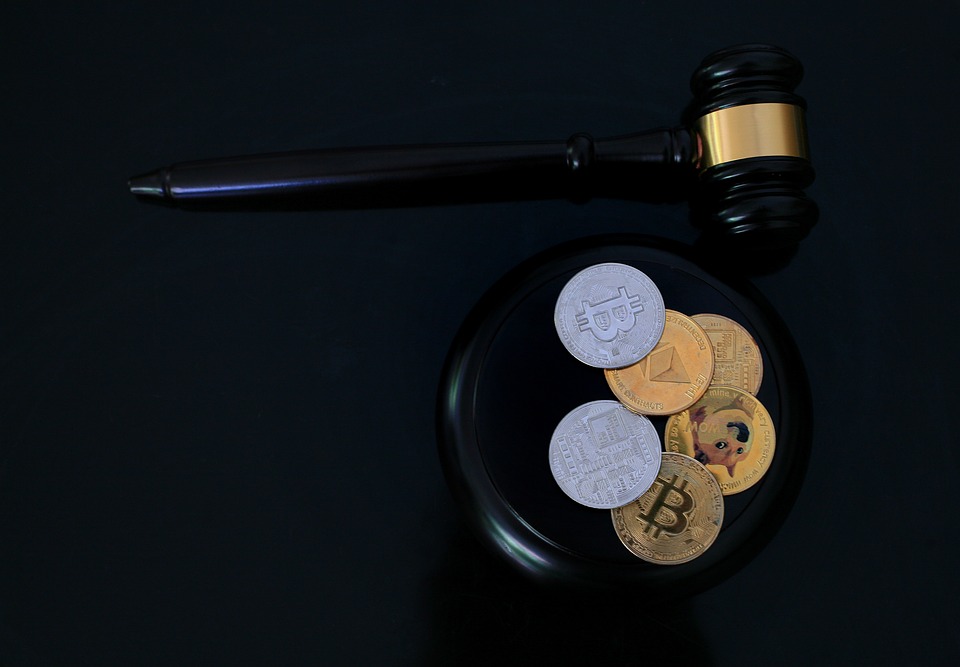In recent years, Bitcoin has transformed from the technological playground of a few enthusiasts into a mainstream financial tool. As the cryptocurrency landscape continues to evolve, mobile Bitcoin wallets have emerged as an essential bridge for everyday users, enabling them to participate in the digital economy seamlessly. Whether you’re a novice considering your first transaction or someone looking to enhance your understanding, this guide will help you navigate the world of mobile Bitcoin wallets.
Understanding Mobile Bitcoin Wallets
A mobile Bitcoin wallet is a software application that allows users to store, send, and receive Bitcoin directly from their smartphones. Unlike traditional wallets that hold physical cash, Bitcoin wallets operate through a unique combination of public and private keys. The public key acts as your wallet’s address—similar to an email address—while the private key is your secure password, granting you access to your funds.
Benefits of Using Mobile Bitcoin Wallets
-
Accessibility: Mobile wallets put Bitcoin at your fingertips, enabling you to make transactions anytime and anywhere.
-
Convenience: Purchasing goods and services, sending money to friends, or paying bills can all be accomplished with a few taps on your smartphone.
-
Security: Modern mobile wallets come equipped with advanced security features, such as biometric authentication (fingerprint and facial recognition) and encryption, to safeguard your cryptocurrency.
- User-Friendly Interfaces: Many wallets provide intuitive interfaces designed for beginners, making it easier to learn the ropes of cryptocurrency management.
Choosing the Right Mobile Bitcoin Wallet
Before venturing into the world of Bitcoin, it’s crucial to select a wallet that meets your needs. Here are a few types to consider:
-
Hot Wallets: These are connected to the internet and ideal for daily transactions. Popular options include Trust Wallet, Exodus, and Mycelium. While hot wallets are convenient, they are also more vulnerable to hacks.
-
Cold Wallets: For users looking to store their Bitcoin securely for long periods, cold wallets (hardware wallets such as Ledger and Trezor) offer a safer alternative. However, they are less practical for everyday use.
- Custodial vs. Non-Custodial: Custodial wallets store your funds on your behalf (like Coinbase), while non-custodial wallets give you full control over your private keys, offering greater security but requiring you to bear responsibility for your funds.
Setting Up Your Mobile Bitcoin Wallet
Once you’ve chosen your wallet, follow these steps to get started:
-
Download the Wallet App: Visit the App Store (iOS) or Google Play Store (Android) and download the wallet app of your choice.
-
Create Your Account: Follow the setup prompts, which usually involve creating a new wallet, backing up your recovery phrase, and setting a password or PIN.
-
Secure Your Wallet: Enable additional security features, such as two-factor authentication (2FA), to add an extra layer of protection.
- Fund Your Wallet: To begin using Bitcoin, you’ll need to buy some. Purchase Bitcoin through an exchange and transfer it to your mobile wallet using your wallet’s public address.
Making Everyday Transactions
Now that your mobile Bitcoin wallet is ready, it’s time to make transactions. Here’s a step-by-step guide:
-
Payment at Retailers: Many businesses now accept Bitcoin directly. Simply scan the QR code provided by the retailer or enter their wallet address to complete the transaction. Confirm the amount and authorize the payment.
-
Sending Bitcoin to Friends: Open your wallet app, select “Send,” input the recipient’s wallet address, enter the amount, and confirm the transaction. This is particularly useful for splitting bills or paying for services.
- Online Purchases: As eCommerce continues to embrace cryptocurrency, many online retailers accept Bitcoin. Choose it as a payment method at checkout, scan the QR code, and authorize the transaction.
Navigating Challenges
While mobile Bitcoin wallets are powerful, there are challenges to consider:
-
Volatility: Bitcoin prices can fluctuate significantly. Stay informed about market trends, especially if you’re planning on using Bitcoin for larger purchases.
-
Transaction Fees: Depending on network congestion, transaction fees can vary. Be mindful of these fees to avoid unexpected costs.
- Scams and Security Risks: Always double-check wallet addresses before transactions and be wary of phishing scams. Regularly update your wallet app to protect against vulnerabilities.
Conclusion
Transitioning from a novice to a pro with mobile Bitcoin wallets can be an exciting journey, filled with opportunities for financial freedom and innovation. With the right knowledge and tools, anyone can confidently engage with Bitcoin for everyday transactions. By choosing the right wallet, securing your funds, and understanding the nuances of cryptocurrency transactions, you can become an adept participant in this new digital economy. So, embrace the change and explore the world of Bitcoin; you’re not just learning a new payment method—you’re participating in the future of finance.


